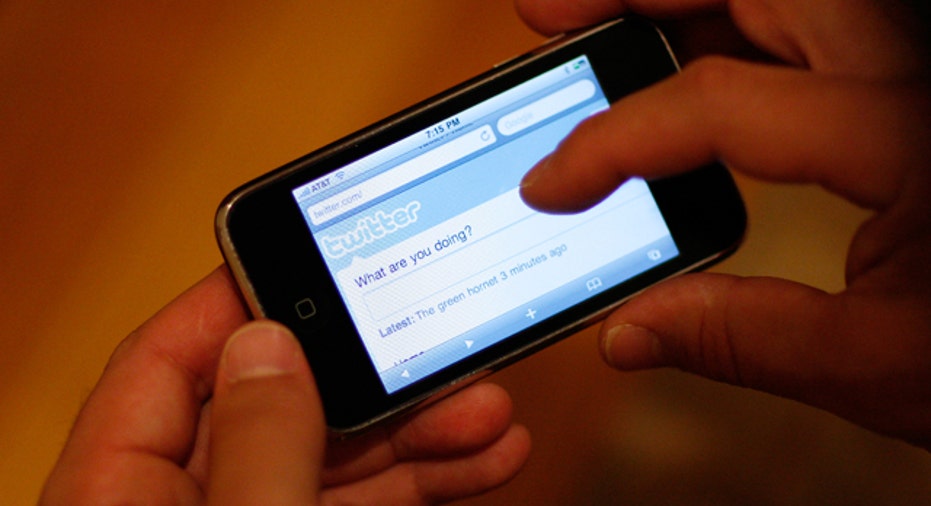Break Through the Online Noise With 'Likes'

How do you attract customers in a crowded online market? Here’s how reciprocal liking can help generate loyalty in 7 easy steps.
The concept of mutual “likes” goes back way further than the launch of Facebook.
“Reciprocity of liking is a key principle of attraction,” according to the Encyclopedia of Human Relations. “Interdependence theory,” the entry explains, “predicts that we will like people with whom we have … gratifying interactions.”
What’s new — and to marketers, what’s revolutionary — is that the cultural truism of reciprocal liking extends beyond interpersonal relationships into business relationships as well. In today’s market and media environment, people expect businesses they like to like them back or, even better, reach out and like them first. They expect businesses to not just talk, but listen and converse. They expect caring and connection. They expect relationships first, and purchases second.
The requirements of reciprocal liking
This is the dawning of the era of Customer Care 2.0.
“We’re in the beginning of the humanization of business,” Gary Vaynerchuk told me during a packed gathering at Powell’s Books in Portland, Oregon, where he stopped on a recent tour for his book “The Thank You Economy.” “Brands that understand how to be human will be the ones customers reach out to. Those that care the most and follow up the best will be the ones that break through. Human touch matters.”
Fortunately, social media makes human touch scalable for businesses of any size. Here’s how you can show your customers that you “like” them — and get them to “like” you, too.
1. Care
“Ironically, the winners of tomorrow will be the ones who act like it’s 1920,” Vaynerchuk says, recalling a time when every shopkeeper knew each customer’s personality, wants and needs. The Internet makes that same level of knowledge possible again, even with the most far-flung clientele
Search to learn about your customers. Search to see what people are saying about your brand, product, business category or competitors. Customize results by searching news or blogs. Search review sites. Go to search.twitter.com to learn what’s being said about you in tweets. Stay on top of information by setting up alerts, directing results to a one-stop aggregator like Google Reader.
2. Connect
When your searches lead to people who are interested in your business or category, reach out. Follow those who talk about your business or interests on Twitter. Join the groups they join on LinkedIn. Like the pages they like on Facebook. Enter their social arenas to work your way into their circle of trust and acceptance.
3. Listen
Traditional marketers seem lead-footed because they’re pushing out scripted messages and one-way communications instead of interacting with their audiences. New rule: Today’s customers want you to listen, respond and listen some more. Commend good ideas. Thank people for helpful comments. Reply to questions. Show you’re tuned in, interested, authentic.
4. Respond and engage
“It’s unacceptable to let people talk about your brand without your engagement,” Vaynerchuk says. Respond to conversations about your business, brand or category. Address concerns, post solutions, explain how you have or will fix problems. Be prompt and helpful.
Don’t run and hide. Don’t talk legalese or corporate jargon. Don’t sell. Don’t even leave your URL unless you’re sharing a link to relevant information. Your social identity will tell them who you are. Make friends before you make sales. As Vaynerchuk says, “Act like a service, not a merchant.”
5. Share
Generate your own posts and tweets, but keep in mind that on social media sites, sharing is a sincere form of flattery — and a quick route to relationships. Repost. Retweet. Reply. Then do it all over again.
6. Trust
Trust your employees to advance your brand through their networks. Trust your customers to enhance your Web presence with their comments. Scaling social relationship development is time-consuming. If you need to, redirect some traditional marketing dollars to the effort — but no matter what, share your goals with your staff and empower them to advance your message through their social interactions.
7. Thank
Thank in tweets. Thank with gifts. Thank by taking time to care. Thank by delivering products that exceed expectations.
Caring begets caring, leads to affection, and develops that age-old reciprocal liking that seals loyalty.